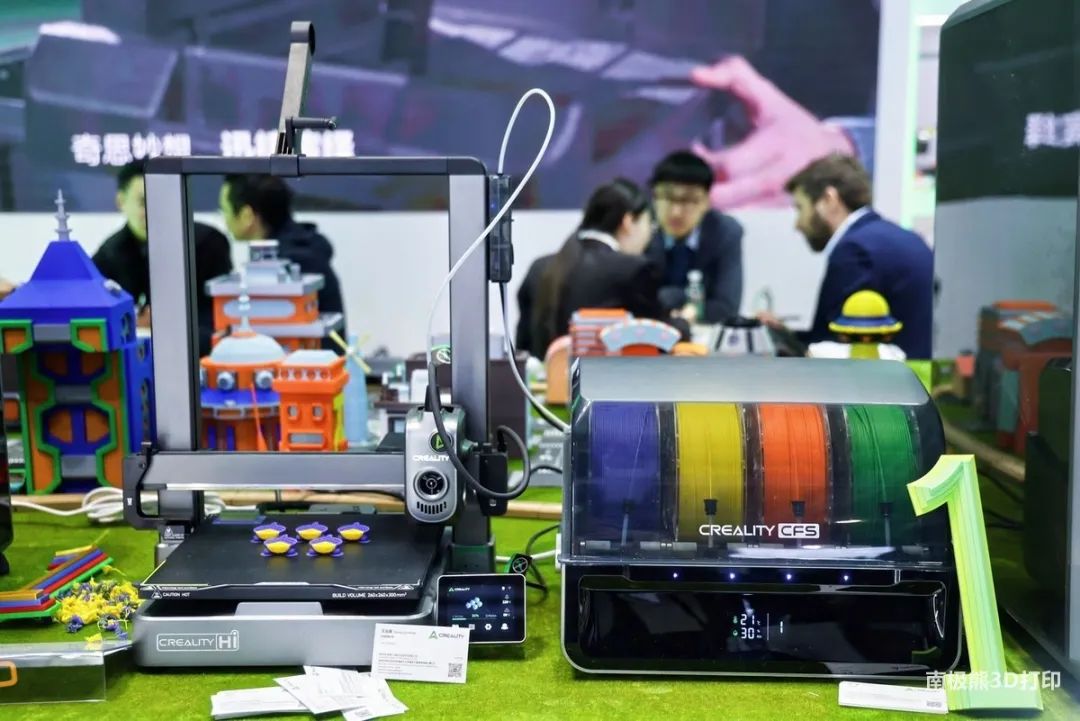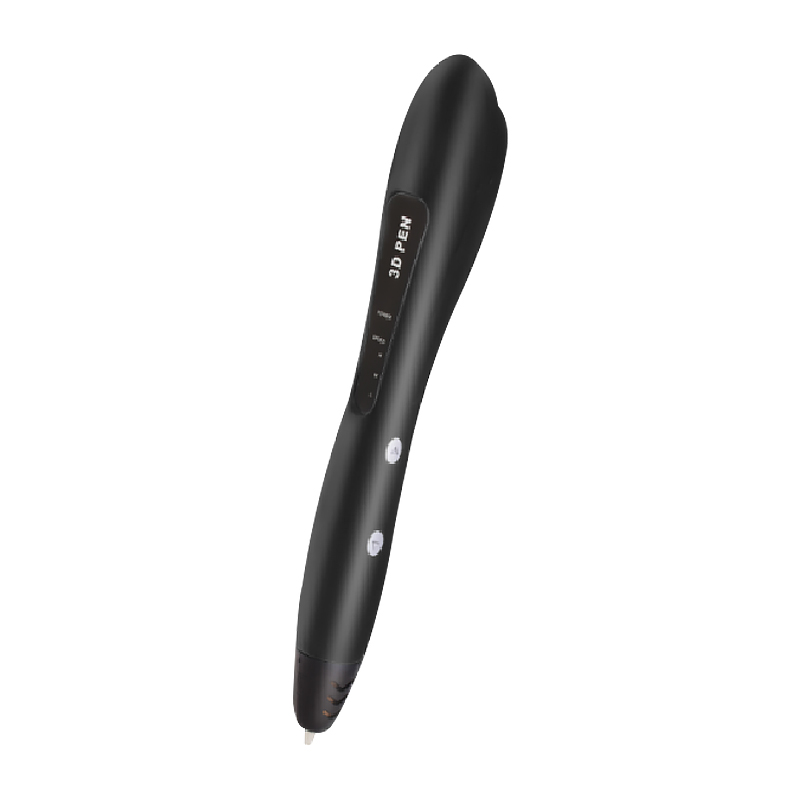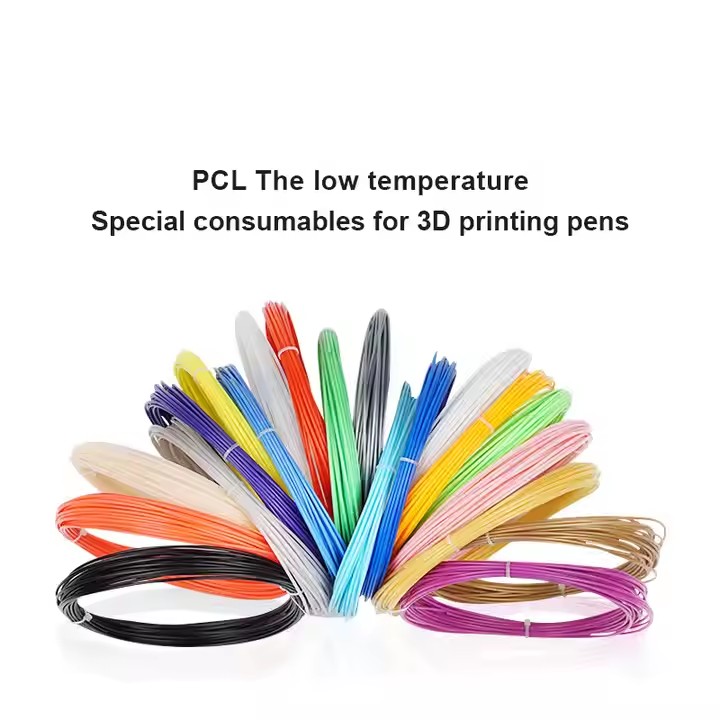Style
What impact will the 34% tariff increase have on China’s 3D printing industry?

At present, China is the world’s largest producer of both consumer-grade and industrial-grade 3D printers, as well as the materials for them.
In the consumer-grade 3D printing sector, the US market accounts for approximately one-third of the revenue of Chinese manufacturers. The newly imposed “reciprocal tariffs” by the US on China have a rate as high as 34%, on top of the existing 11% tariff and a 10% base tariff, which could result in a combined rate of up to 54%. This will directly lead to the following impacts:
The price competitiveness has been significantly weakened: Chinese consumer-grade 3D printers are renowned for their high cost-effectiveness (with over 70% of products priced under $1,000 and a profit margin of less than 10%). However, the increase in tariffs will raise the final selling price and erode market share. For instance, according to data from the Chinese customs and analysis by NanJixiong, China exported 4 million 3D printers in 2024, among which 1.4 million were to the United States, accounting for 36% of the total exports. Some manufacturers have over 60% of their revenue coming from the US market, and the tariff hike will bring a huge impact. This might offer opportunities to foreign consumer-grade 3D printer manufacturers such as Prusa and Ultimaker.
Supply chain relocation has been hindered: Previously, Chinese enterprises set up factories in Southeast Asia (such as Vietnam) to avoid tariffs, but the United States imposed a 46% tariff on Vietnam, causing the advantage of re-export trade to vanish. This means that the “indirect export” strategy of Chinese enterprises is at risk of failure.
Industrial-grade 3D printing manufacturers vary. According to relevant data from Nanjixiong, the proportion of industrial-grade 3D printing products exported from China to the United States varies significantly among different enterprises. For instance, in the case of SLM metal 3D printers, the United States has always been rather resistant to Chinese products, making it difficult for them to enter the market in large quantities. However, for SLA stereolithography 3D printers, a few manufacturers have initially broken into the US market. But for DLP dental 3D printers in the United States, Chinese-made products account for more than half of the market share, such as manufacturers like Xunshi, HEGE, and CLIP.
II. Supply Chain Challenges: Risks of 3D Printing “Neck Bottlenecks”
Although industrial-grade 3D printing has a relatively low dependence on the US market, its core components (such as high-end lasers) are partially dependent on imports from the US. The 34% tariffs imposed by China on the US may lead to an increase in the cost of key components: if US suppliers pass on the tariff costs, the procurement costs of Chinese enterprises will increase significantly, compressing their profit margins.
For instance, IPG lasers. However, IPG lasers are produced in Germany, Russia, the United States, and China. Chinese manufacturers prefer to purchase those made in Germany.
Motion control cards and controllers. The motion control systems of high-end equipment (such as the coordinated control of multiple lasers) rely on chips and algorithms from American manufacturers, such as DSP chips from Texas Instruments (TI) or embedded processors from Intel.
Overall, the degree to which China’s 3D printing industry is “strangled” by the United States is not very high.







